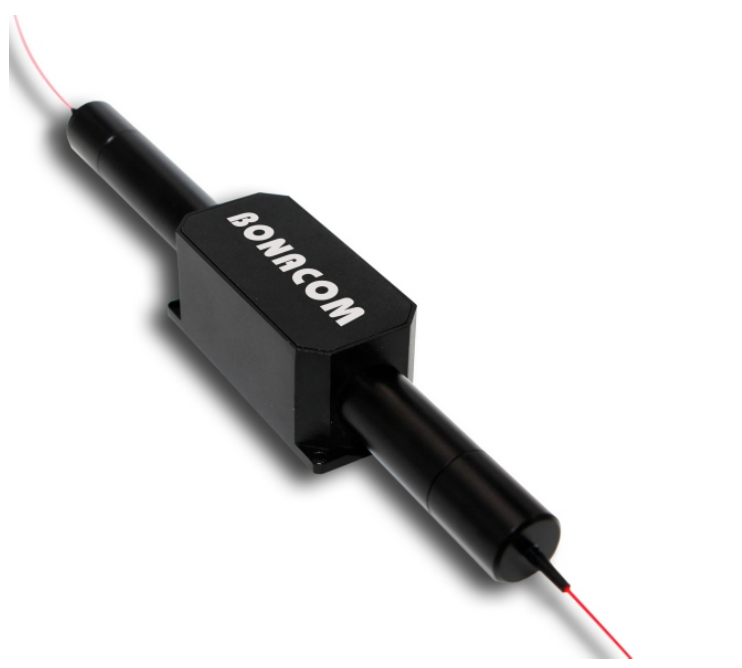

Faraday isolators can be made for a wide range of optical wavelengths.Īlthough each device works well only within a limited bandwidth, that bandwidth can be substantial – sufficient for a wide range of applications.The insertion loss can be rather small, and a high degree of optical isolation (e.g.Many Faraday isolators transmit only light with a suitable direction of linear polarization, but there are also polarization-independent versions.This is a kind of magnetically induced optical activity.Įssential characteristics of Faraday isolators are: The vast majority of optical isolators are Faraday isolators, based on the Faraday effect, i.e., a rotation of the polarization direction caused by a magnetic field.

Light injected into port 1 will exit at port 2, while input at port 2 will be sent to port 3, and input at port 3 to port 1. optical fibers.Ī variant is an optical circulator, having at least three optical ports. Many isolators are used with free-space beams, while others are coupled to waveguides, e.g. the maximum optical power ( peak or average power) which can be transmitted.the operation wavelength and the optical bandwidth in which sufficiently high isolation is achieved.the degree of isolation, i.e., the power loss for light in the unwanted direction (usually expressed in decibels).

More precisely, they exhibit a relatively low propagation loss in one direction, but a much higher propagation loss in the other direction.Įssential characteristics of optical isolators are the following: Optical isolators (also called optical diodes) are devices which transmit light in one direction but not in the opposite direction.
#Types of optical isolator how to#
How to cite the article suggest additional literature Definition: devices which transmit light in one direction but not in the opposite directionĬategories: general optics, photonic devices


 0 kommentar(er)
0 kommentar(er)
